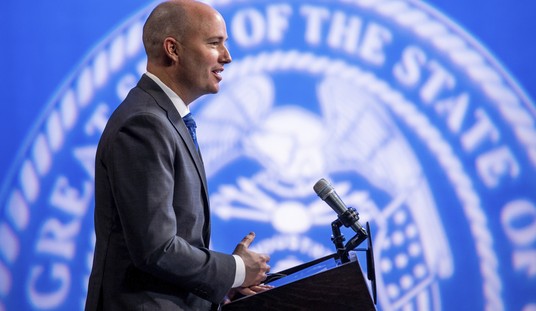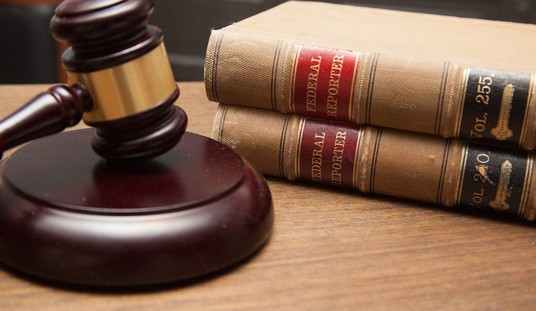This Week in American Military History:
Apr. 18, 1775: Paul Revere and William Dawes begin their famous “midnight ride” from Boston to Lexington, Mass., where they link-up with Samuel Prescott, who rides on to Concord. All three are sounding the alarm – warning town leaders and alerting the militia – that British soldiers are advancing from Boston. One of America’s most-famous battles is about to take place.
Apr. 18, 1942: Sixteen B-25 Mitchell bombers launch from the aircraft carrier USS Hornet in the first raid against the Japanese mainland during World War II.
Led by U.S. Army Air Forces Lt. Col. (future four-star Air Force general) James H. “Jimmy” Doolittle, the raid is beyond daring: B-25’s are not designed to take-off from carriers, so the bomber pilots have to be specially trained to fly the heavy, ground-launched airplanes (designed for long runways) off short carrier decks. It is also a one-way mission: The crews will not have enough fuel to return to the carrier, so they have been instructed to strike Tokyo and other targets on Honshu, then fly to China and pray they’ll find suitable landing sites or bail out.
The raid will be successful, but all aircraft will be lost. Eleven men will be killed or captured.
Forced with his crew to make a nighttime parachute jump in stormy weather over China, Doolittle will ultimately receive the Medal of Honor. A portion of his citation reads: “With the apparent certainty of being forced to land in enemy territory or to perish at sea, Lt. Col. Doolittle personally led a squadron of Army bombers, manned by volunteer crews, in a highly destructive raid on the Japanese mainland.”
Apr. 19, 1775: Nearly 1,000 British regulars – light infantry, grenadiers, a few Royal Marines – cross the Charles River from Boston, Mass. to the Cambridge shoreline (thus the famous “two” lantern signal in the Old North Church as opposed to the “one” lantern which would have signaled a British approach on land across “Boston neck”).
Lt. Col. Francis Smith of the 10th Lincolnshires commands the force. Commanding Smith’s lead elements is Maj. John Pitcairn of the Royal Marines. Gen. Sir Thomas Gage, commander-in-chief of the King’s men in North America, had previously ordered Smith to lead an expedition to Concord, and seize and destroy the military stores hidden in the town.
First stop along the way is Lexington. There, just before dawn, two militia companies – the Minute and the Alarm – under Captain John Parker are forming for battle on Lexington Green.
Before the day is over, the British will bowl over the militia at Lexington. The Redcoats will then advance on Concord where they will spike cannon and burn weapons stores. The militia will retreat to high ground, regroup, then advance on the North Bridge. Shots will be exchanged. The British will withdraw. Then the most serious bloodletting of the day will begin: Firing from rock outcroppings, trees, and houses, the American militia will open a “veritable furnace of musketry” on the British companies streaming back toward Boston.
The British barely escape the gauntlet. The war is on.
Apr. 19, 1861: Pres. Abraham Lincoln orders a Naval blockade of Confederate ports in South Carolina, Georgia, Alabama, Florida, Mississippi, Louisiana, and Texas. The blockade will be extended to North Carolina and Virginia the following week.
Apr. 19, 1945: Following a massive artillery, Naval gunfire and air bombardment of Japanese defenses on Okinawa, U.S. forces launch a coordinated ground assault against the infamous Shuri Line.
Apr. 20, 1861: A reluctant Col. Robert E. Lee – forced to choose between the United States and his home state Virginia – resigns his commission in the U.S. Army.
In a letter to his sister, Lee writes: “With all my devotion to the Union and the feeling of loyalty and duty of an American citizen, I have not been able to make up my mind to raise my hand against my relatives, my children, my home. I have therefore resigned my commission in the Army, and save in defense of my native State, with the sincere hope that my poor services may never be needed, I hope I may never be called on to draw my sword.”
In three days, Lee will accept command of Virginia state forces. He is destined to become general-in-chief of Confederate forces.
Apr. 21, 1836: Described as “one of the biggest military upsets in the [western] hemisphere,” Texas Army forces under the command of Gen. Sam Houston decisively defeat Mexican forces under Gen. Antonio López de Santa Anna in the bloody Battle of San Jacinto. The fighting is grim – much of it hand-to-hand – but it is over in less than 20 minutes. Houston is wounded. Santa Anna, hiding and dressed in a common soldier’s uniform, will be captured the following day.
The Mexican Army is finished. Texas independence is secured.
Apr. 21, 1898: America declares war on Spain. The following day, U.S. Navy warships begin blockading Cuba, and USS Nashville (one of five so-named American warships, including two Confederate vessels of the same name) fires the first official shots of the war.
Apr. 23, 1778: Capt. John Paul Jones – commanding the Continental sloop-of-war Ranger (the first of 10 so-named American warships) – leads a daring ship-to-shore raid on the British fortress at Whitehaven, England. Jones’ sailors and Marines spike the enemy’s guns, burn a few buildings, and set fire to a ship before withdrawing. The raid is the first on British soil by an American force.
Apr. 24, 1778: Jones captures the Royal Navy sloop HMS Drake in an action off the Irish coast in which Drake’s captain, Commander George Burdon, is killed by a Continental Marine.
Apr. 24, 1862: Union Naval forces under the command of Adm. David Farragut knife past Confederate gunboats and batteries at Forts Jackson and St. Philip in the Mississippi River at New Orleans. Farragut will capture the city.
Apr. 24, 1980: Following a string of glitches from missed deadlines to malfunctioning helicopters, a U.S. operation aimed at freeing American hostages in Iran is aborted at a remote staging area – code-named “Desert One” – some 200 miles from Tehran. As the rescue force begins to withdraw, one of the helicopters operating in night black-out conditions accidentally hovers into a C-130 transport aircraft. A terrific explosion follows, killing five airmen and three Marines.
Though an operational disaster, America’s enemies will be stunned by the fact that such a mission in adverse conditions was nearly carried out so far from American shores. Moreover, the disaster will force military planners to ramp up and retool U.S. special operations forces, establishing a special warfare capability that is today the envy of foreign militaries worldwide.
Let’s increase awareness of American military tradition and honor America’s greatest heroes by supporting the Medal of Honor Society’s 2010 Convention to be held in Charleston, S.C., Sept. 29 – Oct. 3, 2010 (for more information, click here).








Join the conversation as a VIP Member